Is Al Pastor Spicy? A Flavorful Guide for Spice Lovers and Foodies
If you're a fan of bold flavors and have ever wondered, "Is Al Pastor spicy?", then this guide is for you. Al Pastor is one of the most iconic Mexican street foods, known for its rich taste and sizzling presentation. But how does it stack up in the spice department? In this article, we'll dive into the history, ingredients, and flavor profile of Al Pastor to answer that question—and more.
Table of Contents
- What Is Al Pastor?
- The Flavor Profile of Al Pastor
- Spice Levels: How Spicy Is Al Pastor?
- Practical Tips for Enjoying Al Pastor
- Buying Guide: Choosing the Best Al Pastor
- Conclusion
What Is Al Pastor?
Al Pastor is a traditional Mexican dish that originated from Lebanese immigrants who brought their cooking techniques to Mexico in the early 20th century. The name translates to "shepherd style" in Spanish, referring to the way the meat is cooked on a vertical spit—similar to shawarma or gyro.
The main ingredient is marinated pork, usually cut into thin slices and stacked on a vertical rotisserie. As it cooks, the meat becomes tender and develops a slightly charred exterior. It's typically served with warm tortillas, onions, cilantro, and a variety of salsas, making it a flavorful and satisfying meal.
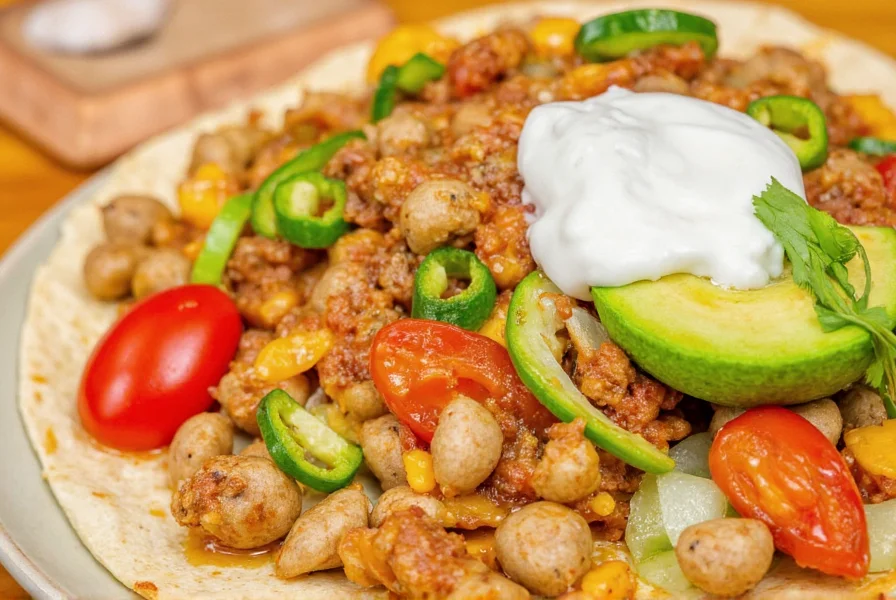
The Flavor Profile of Al Pastor
Al Pastor is not just about the meat—it's all about the complex layering of flavors. The key to its deliciousness lies in the marinade, which usually includes a mix of spices such as cumin, oregano, garlic, chili powder, and sometimes even pineapple for a touch of sweetness.
While some variations of Al Pastor are mild, others can be quite spicy depending on the type and amount of chili used. This brings us to the big question: Is Al Pastor spicy?
Spice Levels: How Spicy Is Al Pastor?
Let’s break down the spice levels of Al Pastor based on different factors:
1. Type of Chilies Used
The level of spiciness in Al Pastor largely depends on the chilies used in the marinade. Common options include:
- Guajillo Chilies – Mild to medium heat
- Poblano Chilies – Mild, often used for their smoky flavor
- Serrano Chilies – Medium heat, commonly used in salsas
- Jalapeño Chilies – Medium to hot, depending on ripeness
- Habanero Chilies – Very hot, used sparingly
So, while some versions of Al Pastor are mild and sweet, others can pack a serious punch if they’re made with hotter chilies.
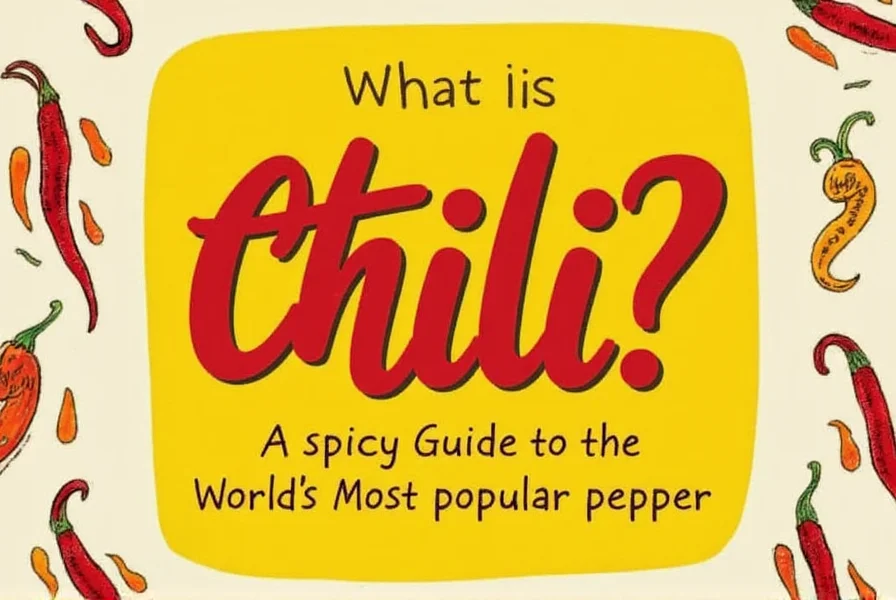
2. Regional Variations
Al Pastor is popular across Mexico, but its spice level can vary by region. For example:
- Mexico City – Often has a balanced spice level
- Oaxaca – May use more robust chilies and have a bolder flavor
- Tijuana – Sometimes features a spicier version with extra jalapeños
3. Personal Preference and Customization
Many people like to customize their Al Pastor by adding extra salsas or toppings. If you're looking for a spicy kick, you can always ask for a side of habanero salsa or chipotle sauce.
Practical Tips for Enjoying Al Pastor
Whether you're a seasoned spice lover or a curious foodie, here are some practical tips to help you get the most out of your Al Pastor experience:
- Start with a Mild Version – If you're new to spicy foods, try a mild version first and gradually increase the heat as you become more accustomed to it.
- Ask for Extra Toppings – Onions, cilantro, and lime can balance out the spice and add freshness to the dish.
- Pair with Cooling Sides – A cold drink like horchata or agua fresca can help soothe the heat.
- Experiment with Sauces – Try different salsas to find your perfect match—some are tangy, some are creamy, and some are fiery hot.
- Try It with Tortillas – Warm, fresh tortillas are essential for wrapping up the meat and toppings.
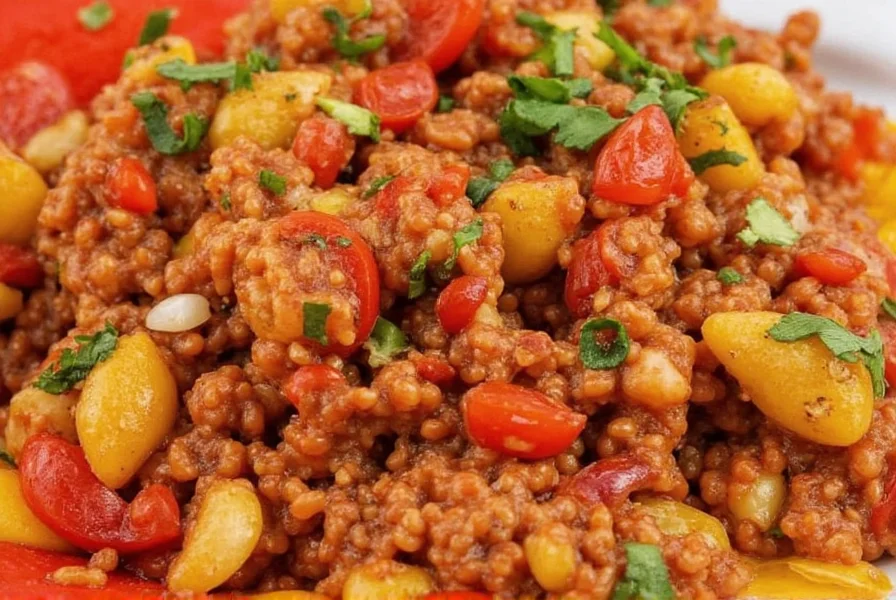
Buying Guide: Choosing the Best Al Pastor
If you're planning to cook Al Pastor at home or purchase it from a vendor, here are some tips to help you choose the best quality:
1. Look for Fresh Ingredients
The best Al Pastor uses high-quality, fresh meat and authentic marinades. Avoid pre-packaged or overly processed versions unless you're short on time.
2. Check the Spice Level
If you're buying from a restaurant or market, don’t hesitate to ask about the spice level. Some places offer options like "mild," "medium," or "hot."
3. Consider the Cooking Method
Traditional Al Pastor is cooked on a vertical spit, which gives it that signature texture and flavor. If you're making it at home, look for recipes that replicate this method or use a grill or skillet.
4. Know Your Audience
Al Pastor is versatile and can be enjoyed by people of all ages and spice tolerances. However, if you're serving it to kids or guests who prefer milder foods, you can adjust the spice level accordingly.
5. Choose the Right Occasion
Al Pastor is perfect for casual meals, backyard barbecues, or as a quick lunch. Its bold flavor makes it a great choice for social gatherings where people enjoy trying new tastes.
Product Recommendation
If you're looking for a convenient option, consider using a store-bought Al Pastor mix or pre-marinated pork. These products are designed to save time while still delivering authentic flavor. Make sure to read the labels and choose ones that align with your spice preferences.
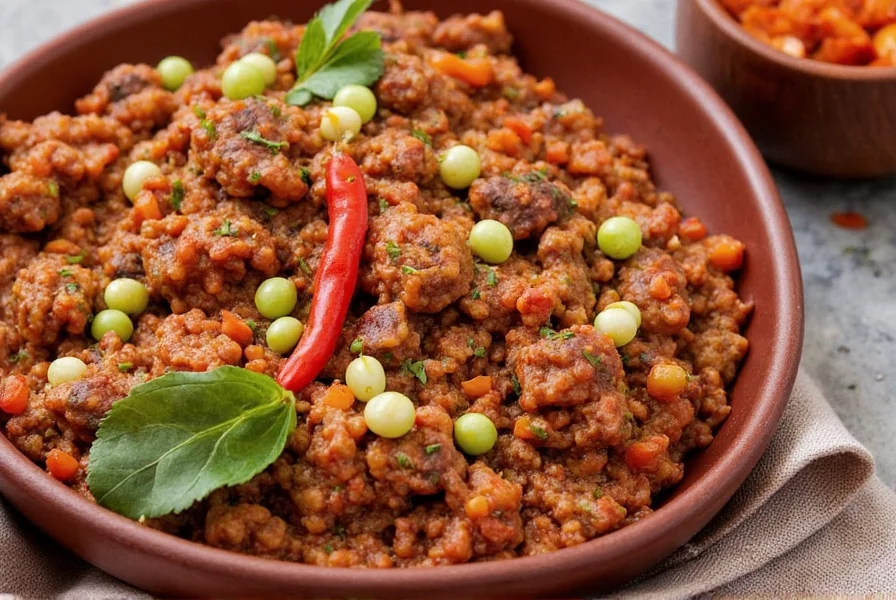
Conclusion
In summary, the question "Is Al Pastor spicy?" doesn't have a one-size-fits-all answer. While some versions of Al Pastor are mild and sweet, others can be quite spicy depending on the chilies used and the chef's preference. Whether you're a spice enthusiast or just curious about new flavors, Al Pastor offers a delicious and customizable eating experience.
By understanding the ingredients, spice levels, and how to enjoy it, you can fully appreciate this beloved Mexican dish. So next time you're craving something bold and flavorful, give Al Pastor a try—and remember, the spice level is always in your hands!
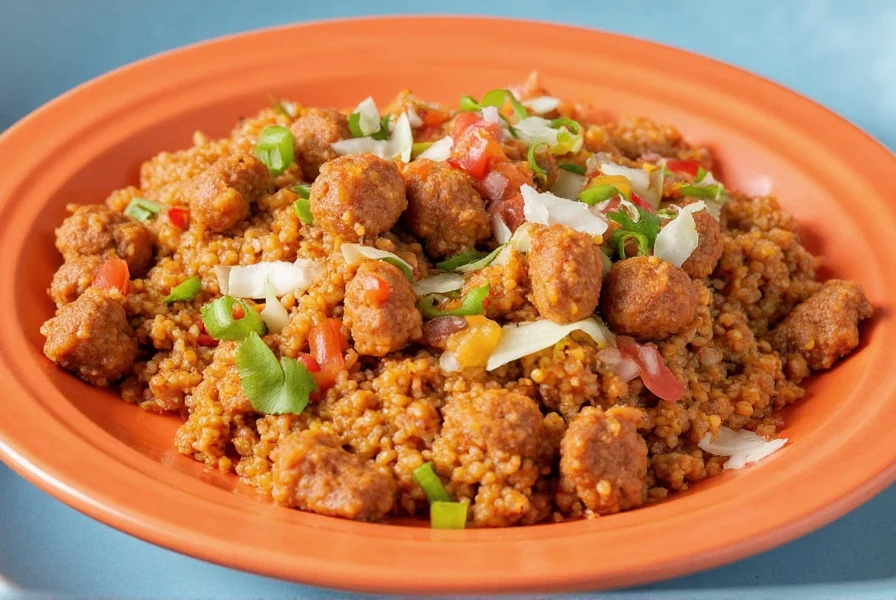











 浙公网安备
33010002000092号
浙公网安备
33010002000092号 浙B2-20120091-4
浙B2-20120091-4